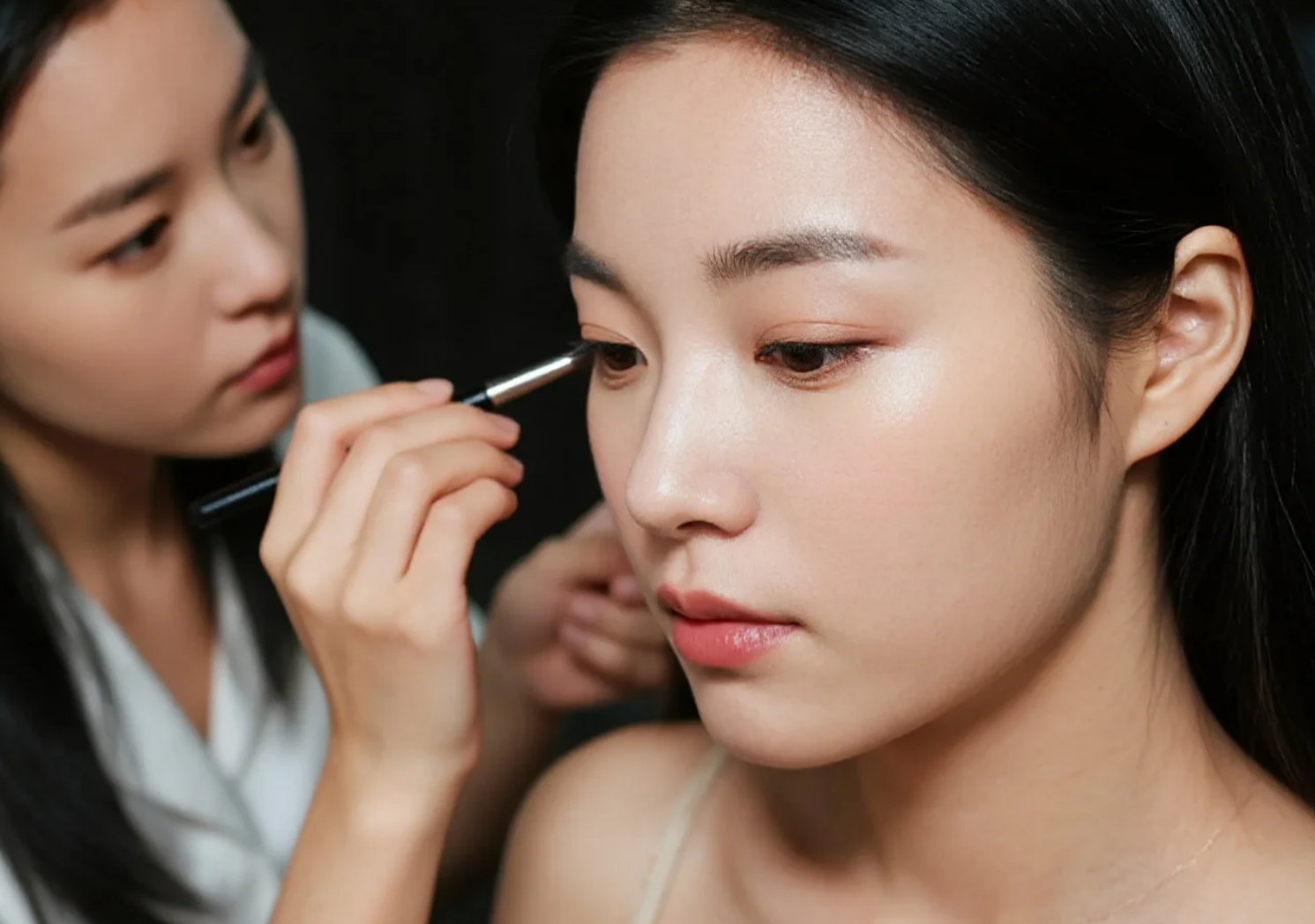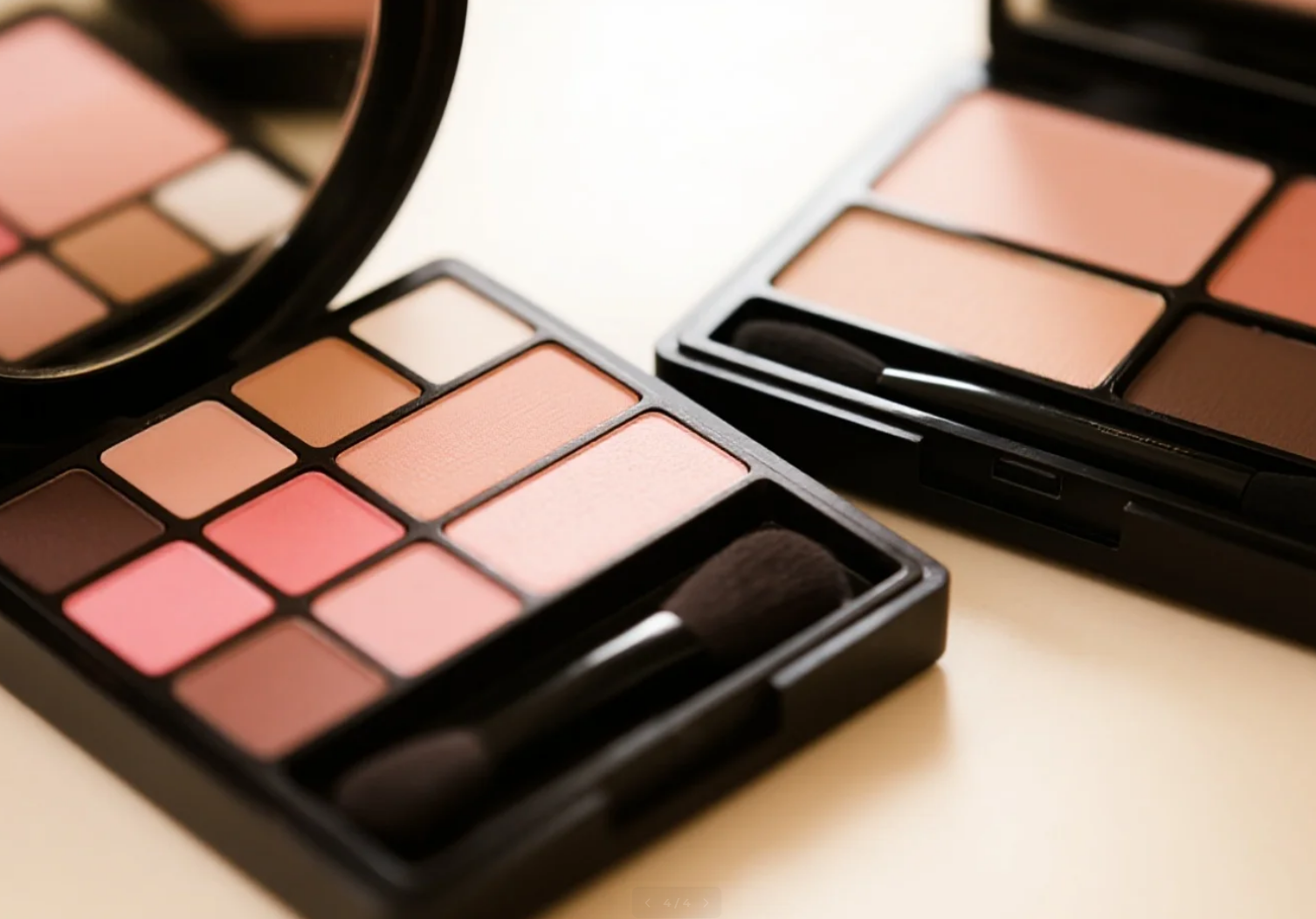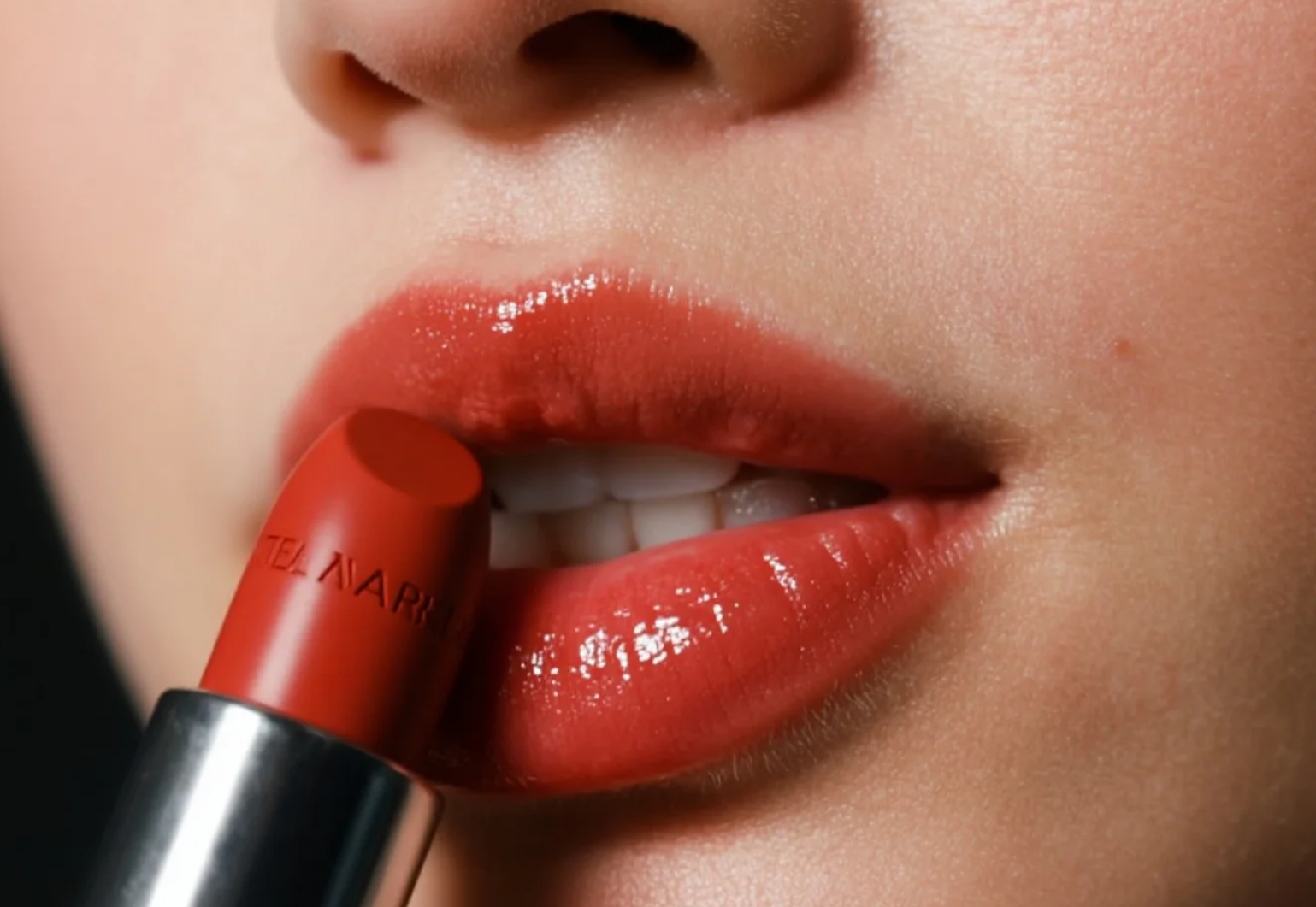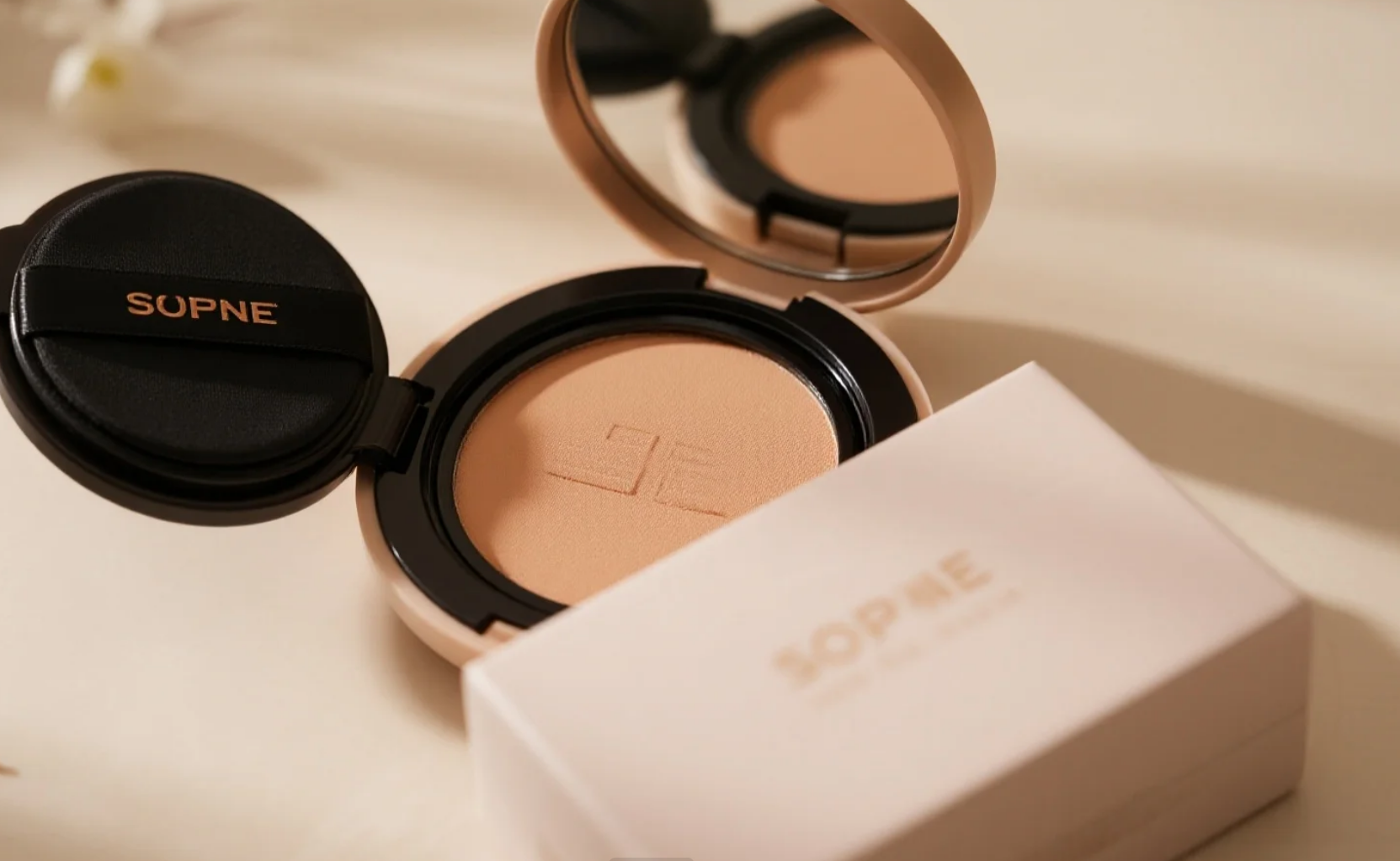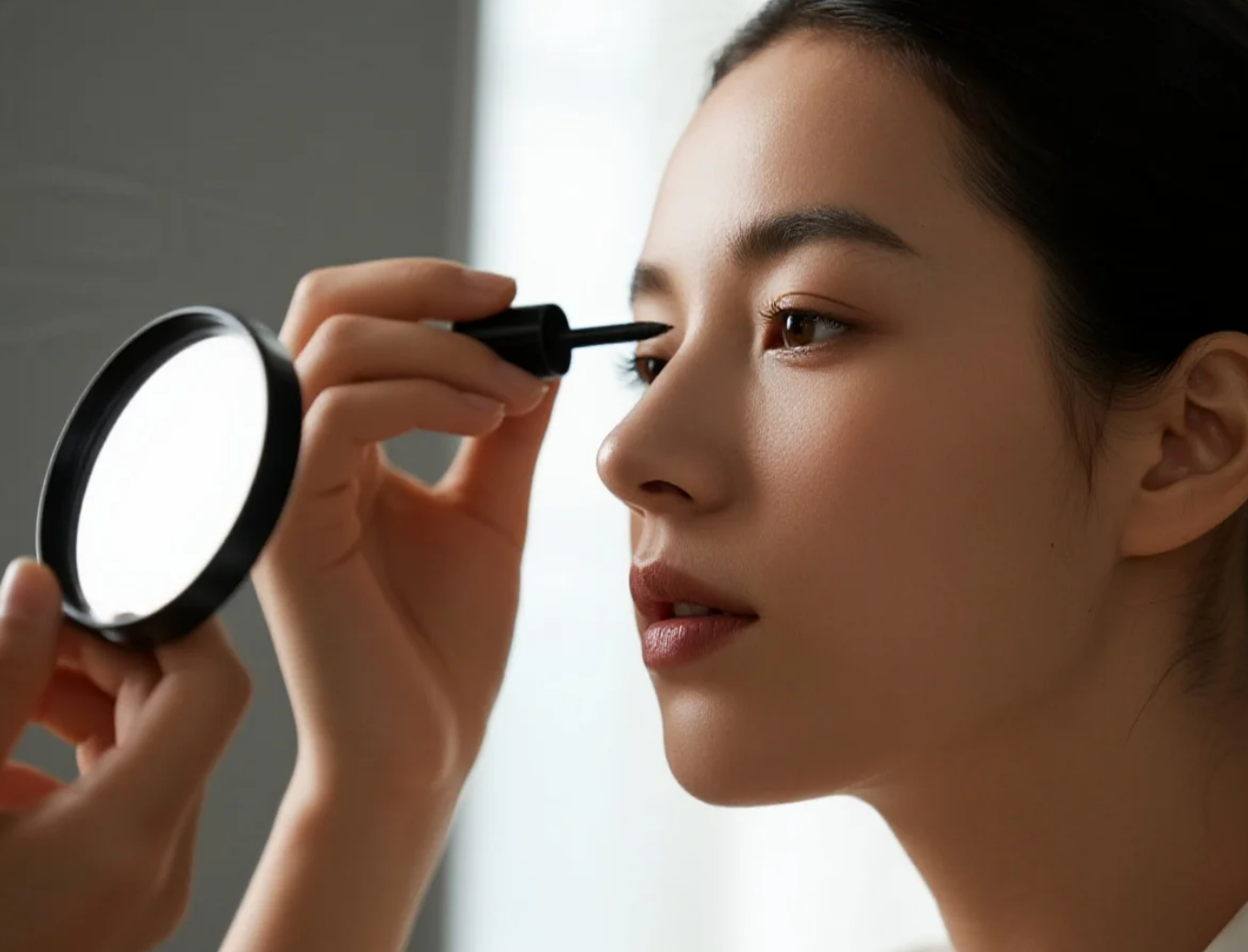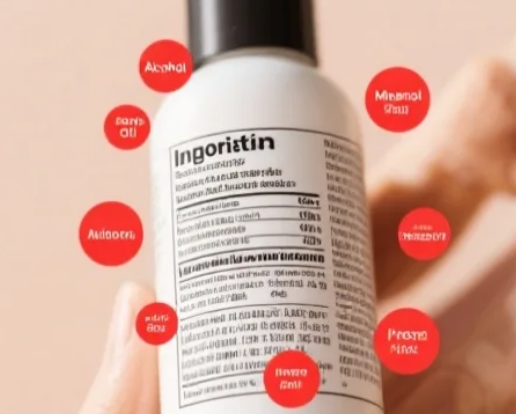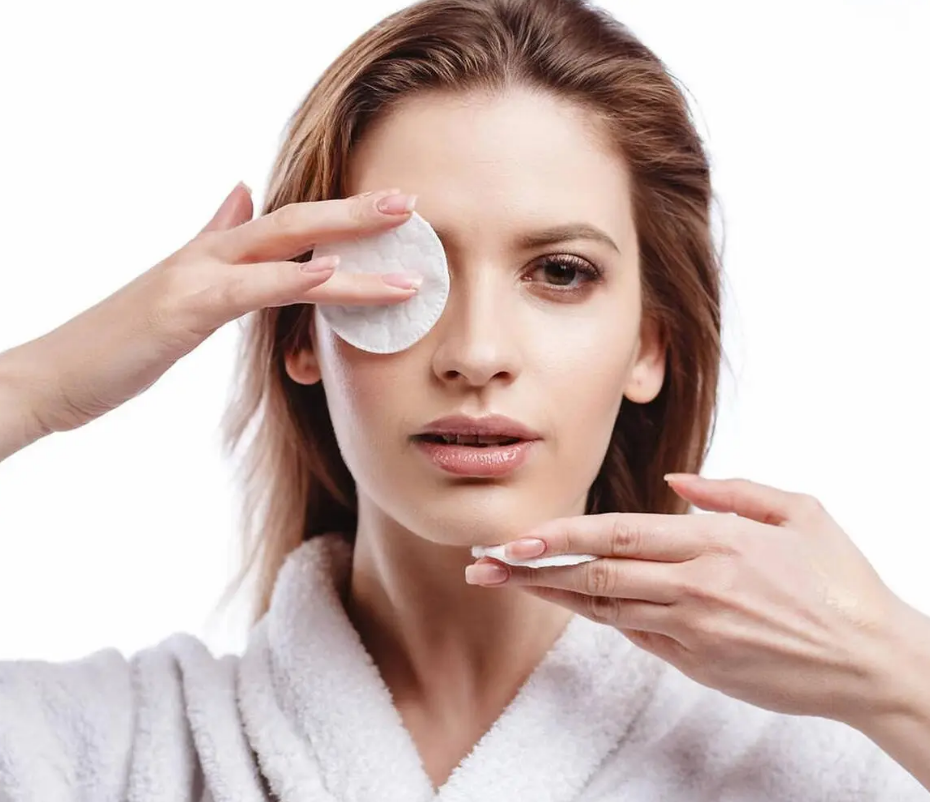Cosmetic Ingredient Analysis: Those Additives You've Never Thought About
Every morning and night, we slather on a variety of skincare products, from cleansers to serums, creams, and sunscreens, layer upon layer, hoping they'll lead to better skin. However, have you ever carefully examined the ingredient lists? Behind those densely packed lists of chemical names may be hidden "skin thieves"—they may not cause noticeable problems in the short term, but with long-term use, they can quietly harm skin health. Today, we'll take a closer look at some often-overlooked additives in cosmetics, exploring their potential risks and how to choose safer products.
Alcohol (ethanol) is a common ingredient in skincare products, especially in oil-control products. Its advantages are obvious: it evaporates quickly, leaving a refreshing feeling, and it can temporarily tighten pores for a more refined appearance. However, its disadvantages are also not to be ignored. Alcohol is a strong solvent. Long-term use can damage the skin's natural oil barrier, exacerbating moisture loss, leading to gradual dryness and sensitivity, and even causing redness and flaking. For dry and sensitive skin, alcohol-containing skincare products are like a double-edged sword. While they may appear effective in controlling oil in the short term, they can gradually weaken your skin barrier over the long term. Furthermore, alcohol is often hidden in astringents and oil-control toners, especially some Japanese brands, which use high concentrations of alcohol to create the illusion of instant freshness. If you notice your skin becoming increasingly dry or even experiencing a stinging sensation after using a product, check the ingredient list; alcohol could be the culprit.
 In addition to alcohol, mineral oil (also known as petrolatum or petrolatum) is another controversial ingredient in skincare products. Its highly occlusive properties allow it to form a protective film on the skin, preventing moisture from evaporating. Therefore, it's often added to moisturizers, lotions, and even baby products. However, this "protective film" can also become a "suffocating film." For oily and acne-prone skin, mineral oil acts like a plastic film, blocking pores and preventing the skin from breathing properly, leading to closed comedones, breakouts, and even worsening acne. Many consumers have found that using certain "highly moisturizing" face creams not only fails to improve their skin but instead causes breakouts. This suggests a potential concern regarding the presence of mineral oil. While mineral oil is not without benefits, it can provide a strong moisture-locking effect for extremely dry skin in the short term. However, long-term use can still affect the skin's normal metabolism. Plant-based oils such as jojoba oil and squalane are safer alternatives. Their molecular structure is similar to human sebum, making them more easily absorbed by the skin without causing any burden.
In addition to alcohol, mineral oil (also known as petrolatum or petrolatum) is another controversial ingredient in skincare products. Its highly occlusive properties allow it to form a protective film on the skin, preventing moisture from evaporating. Therefore, it's often added to moisturizers, lotions, and even baby products. However, this "protective film" can also become a "suffocating film." For oily and acne-prone skin, mineral oil acts like a plastic film, blocking pores and preventing the skin from breathing properly, leading to closed comedones, breakouts, and even worsening acne. Many consumers have found that using certain "highly moisturizing" face creams not only fails to improve their skin but instead causes breakouts. This suggests a potential concern regarding the presence of mineral oil. While mineral oil is not without benefits, it can provide a strong moisture-locking effect for extremely dry skin in the short term. However, long-term use can still affect the skin's normal metabolism. Plant-based oils such as jojoba oil and squalane are safer alternatives. Their molecular structure is similar to human sebum, making them more easily absorbed by the skin without causing any burden.
Preservatives are essential ingredients in cosmetics, extending the shelf life of products and preventing bacterial and mold growth. However, the potential health risks of certain preservatives have recently attracted attention. Parabens, including methyl and ethyl parabens, are the most common type of preservative. Studies have shown that these preservatives may have mild estrogenic activity and, with long-term use, could disrupt the human endocrine system. While there is currently no conclusive evidence that they are harmful to humans, the European Union has restricted the use of some parabens. Another common preservative, phenoxyethanol, is relatively mild, but can still cause skin irritation, especially for sensitive skin. In recent years, more brands have begun adopting more natural preservative systems, such as pentylene glycol and caprylyl glycol. These ingredients are not only effective but also less irritating. When choosing skincare products, consumers should prioritize paraben-free options, especially for products like masks and serums that stay on the skin for extended periods of time.
Chemical sunscreens are another easily overlooked risk ingredient. To achieve a high Sun Protection Factor (SPF), many sunscreens contain various chemical UV absorbers, such as ethylhexyl methoxycinnamate (OMC) and oxybenzone. These ingredients offer the advantage of being lightweight and preventing the whitening cast associated with physical sunscreens, but they also present potential issues. Oxybenzone is particularly concerning. Studies have shown that it can penetrate the skin and enter the bloodstream, potentially damaging coral reef ecosystems. Consequently, states like Hawaii have banned the sale of sunscreens containing it. For those with sensitive skin, chemical sunscreens may also cause allergic reactions, such as redness, swelling, and itching. In contrast, physical sunscreens (zinc oxide and titanium dioxide) are safer. They protect by reflecting UV rays and do not penetrate the skin, making them suitable for children and those with sensitive skin. Of course, the downside of physical sunscreens is that they may cast a white cast or appear thick, but advances in formulation technology have led to the availability of many lightweight physical sunscreens.
 In addition to the ingredients mentioned above, fragrances and dyes are also common additives in skincare products. They enhance the product experience, such as giving a cream a pleasant floral scent or a serum a beautiful pale pink hue. However, fragrances and dyes are often a contributing factor to skin allergies. While natural fragrances (such as essential oils) may sound safer, some ingredients (such as citrus essential oils) are photosensitizing and may cause skin sensitivity or even hyperpigmentation. Synthetic fragrances are more problematic, as they may contain potentially harmful substances such as phthalates. If you have sensitive skin or have experienced an allergic reaction to a skincare product, it's recommended to choose fragrance-free and colorant-free products to reduce unnecessary irritation.
In addition to the ingredients mentioned above, fragrances and dyes are also common additives in skincare products. They enhance the product experience, such as giving a cream a pleasant floral scent or a serum a beautiful pale pink hue. However, fragrances and dyes are often a contributing factor to skin allergies. While natural fragrances (such as essential oils) may sound safer, some ingredients (such as citrus essential oils) are photosensitizing and may cause skin sensitivity or even hyperpigmentation. Synthetic fragrances are more problematic, as they may contain potentially harmful substances such as phthalates. If you have sensitive skin or have experienced an allergic reaction to a skincare product, it's recommended to choose fragrance-free and colorant-free products to reduce unnecessary irritation.
Faced with a dazzling array of skincare products, how can consumers make safer choices? First, make a habit of checking the ingredient list. Ingredients are listed in descending order of concentration, with the top few typically representing the product's primary base. If alcohol, mineral oil, or fragrance are listed at the top, consider carefully. Second, learn to identify high-risk ingredients, such as parabens and oxybenzone, and avoid them whenever possible. Finally, avoid blindly pursuing "fast-acting" products. The skin's metabolism cycle is approximately 28 days. Any product claiming "whitens in 7 days" or "instantly removes blemishes" may contain irritants, and long-term use may be counterproductive. Skincare is about a steady, long-term approach. Choosing gentle, safe products is the key to truly healthy skin.
